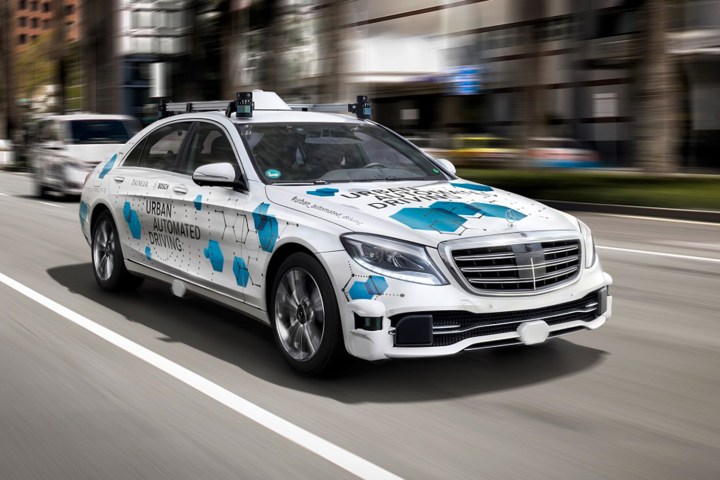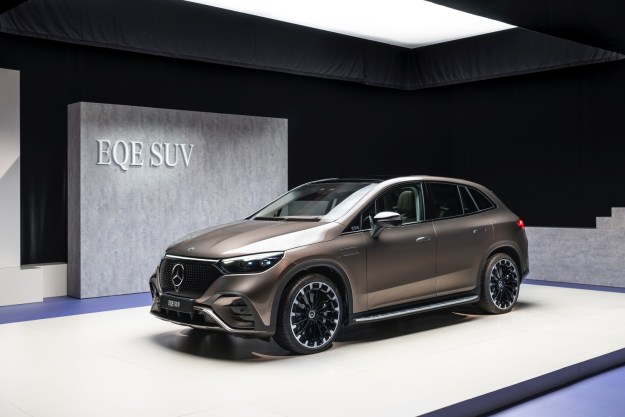
Mercedes-Benz parent company Daimler recently took what it referred to as a reality check when it comes to self-driving cars. They’re expensive to develop, complicated to get approved, and they’re farther away than many believe. These hurdles aren’t stopping the company from teaming up with Bosch to launch an autonomous ride-hailing service in California.
There are 30 vehicles initially participating in the pilot program, Digital Trends learned from a company spokesperson, and more could join the fleet over time. The prototypes are based on the S-Class, but they’re being fitted with a full suite of technology that allows them to drive themselves in a variety of conditions. Bosch stressed it keeps a safety driver behind the wheel at all times so a human can take over if something goes wrong, whether it’s an issue with the technology or a problem with road conditions. Both companies made it clear they aim to bring autonomous functions to production as soon as they’re ready.
The service works a lot like Uber or Lyft. Riders use a purpose-designed smartphone application to summon a ride to a designated pickup point. Once the car arrives, the rider hops in and travels to his or her destination without human intervention. Rides are available in West San Jose and downtown, along the San Carlos Street and Stevens Creek boulevard thoroughfares. Engineers will learn a lot by deploying the technology in California traffic, and commuters can be a part of it.
Sound cool? It’s a big step forward, but don’t expect a driverless S-Class to take you across downtown the next time you’re in San Jose; not yet, anyway. Only Bosch and Daimler associates are able to use the service, a spokesperson told Digital Trends. The program remains an experiment, so the two partners want it to run its course before letting normal riders hail an autonomous ride. “The idea is to open up the service to the public as soon as possible,” the spokesperson added.
As of writing, Alphabet-owned Waymo is the only company in America that operates a commercial ride-hailing service with autonomous cars. The service is about a year old. Bosch and Daimler could become the second firm in this space.
Editors' Recommendations
- 2025 Mercedes-Benz EQS sedan gets new face, bigger battery
- Waymo expands robotaxi service area in San Francisco
- An autonomous car in San Francisco got stuck in wet concrete
- Mercedes-Benz Vision One-Eleven concept looks to the past for inspiration
- Autonomous cars confused by San Francisco’s fog




